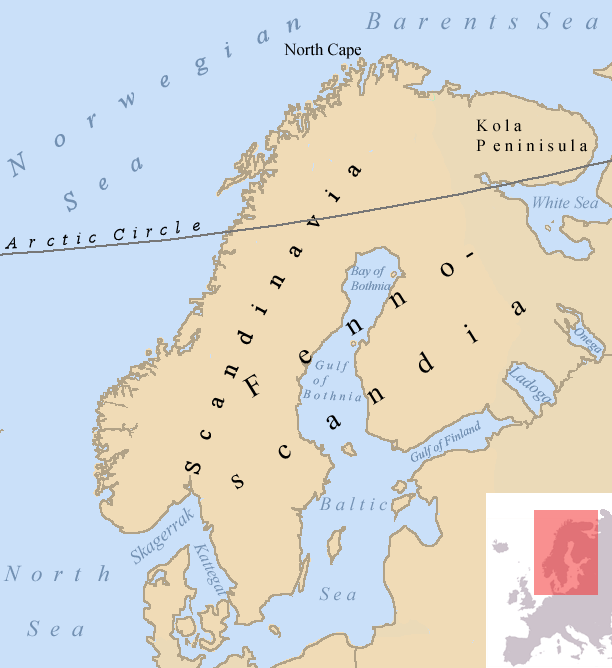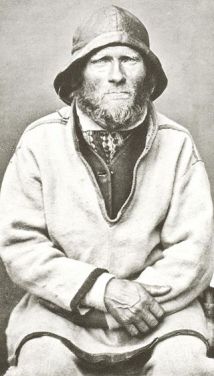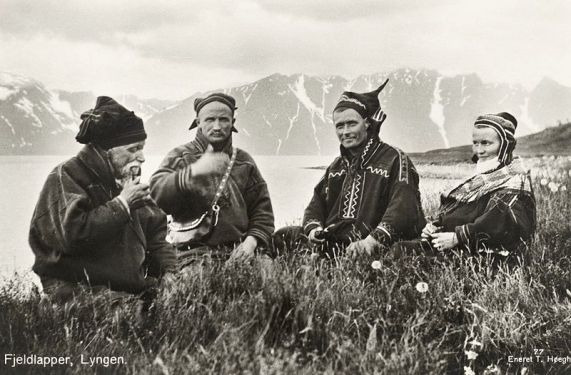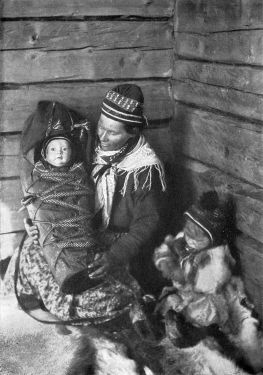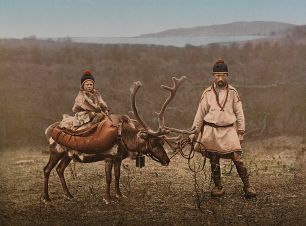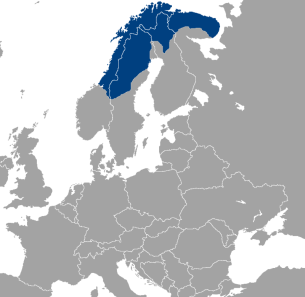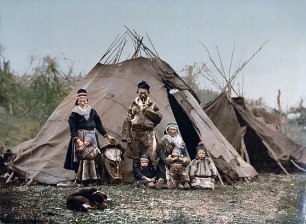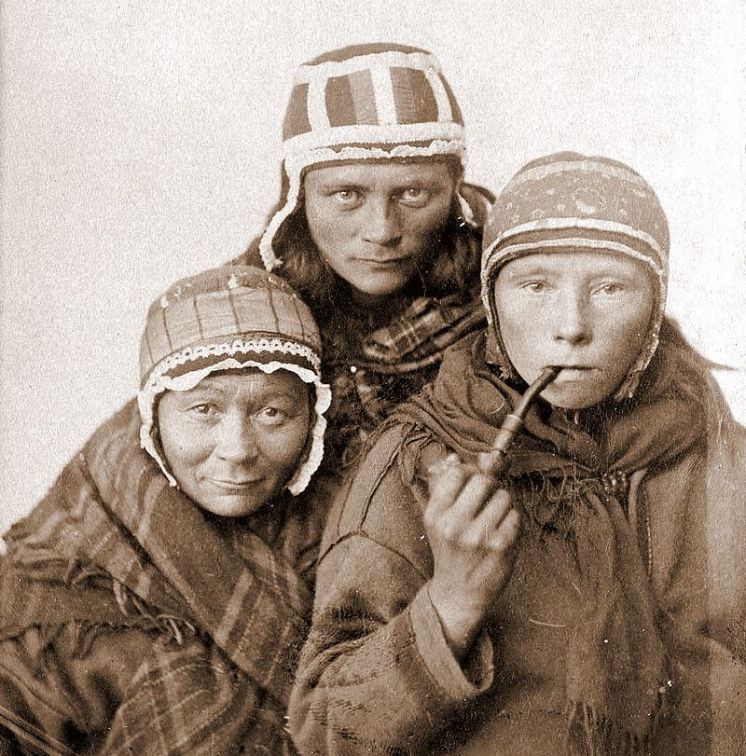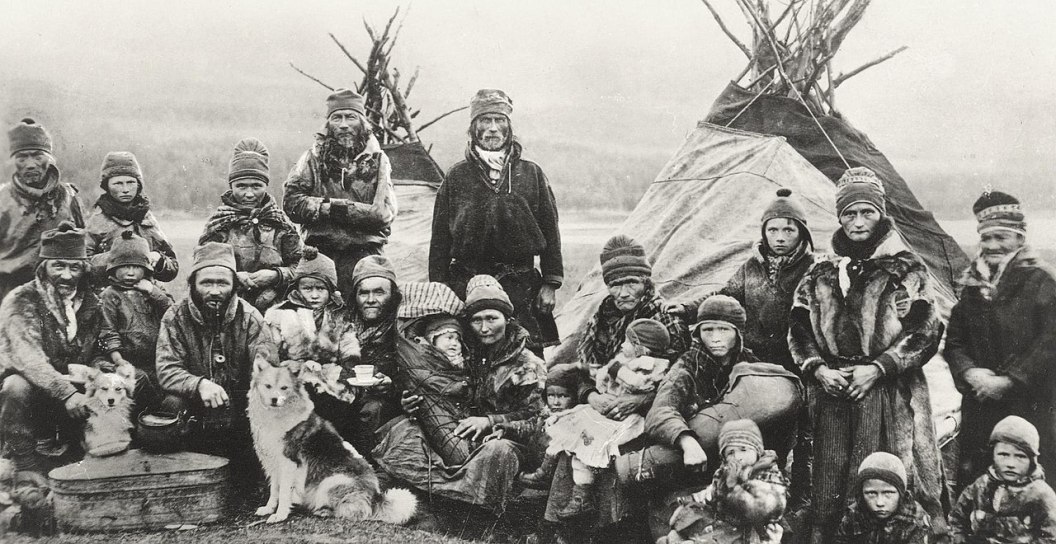
R1b is the most common haplogroup in Western Europe, reaching over 80% of the population in Ireland, the Scottish Highlands, western Wales, the Atlantic fringe of France, the Basque country and Catalonia. It is also common in Anatolia and around the Caucasus, in parts of Russia and in Central and South Asia. Besides the Atlantic and North Sea coast of Europe, hotspots include the Po valley in north-central Italy (over 70%), Armenia (35%), the Bashkirs of the Urals region of Russia (50%), Turkmenistan (over 35%), the Hazara people of Afghanistan (35%), the Uyghurs of North-West China (20%) and the Newars of Nepal (11%). R1b-V88, a subclade specific to sub-Saharan Africa, is found in 60 to 95% of men in northern Cameroon.
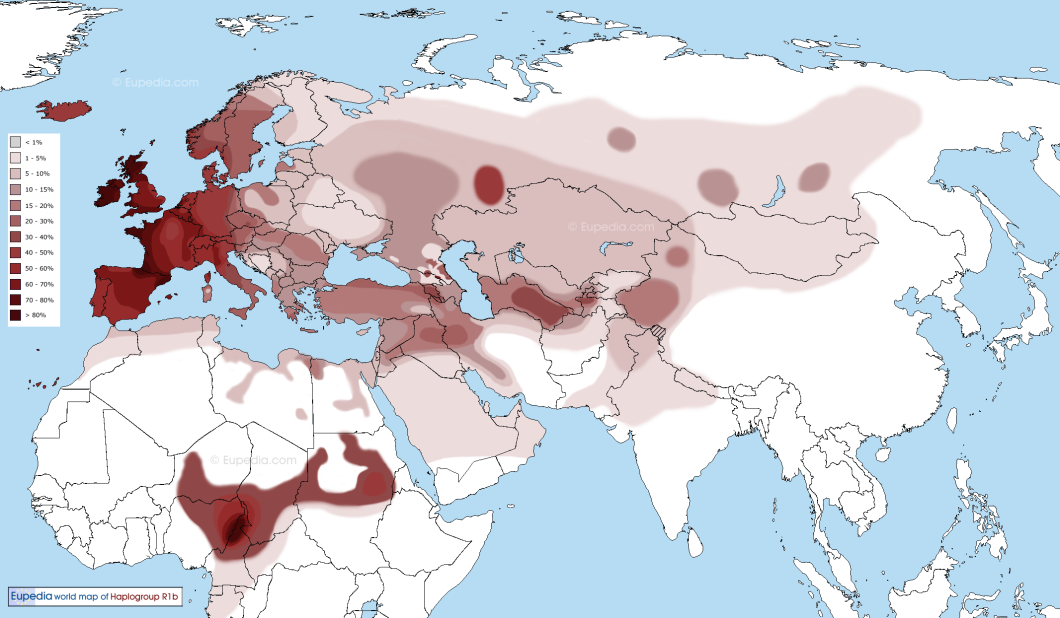
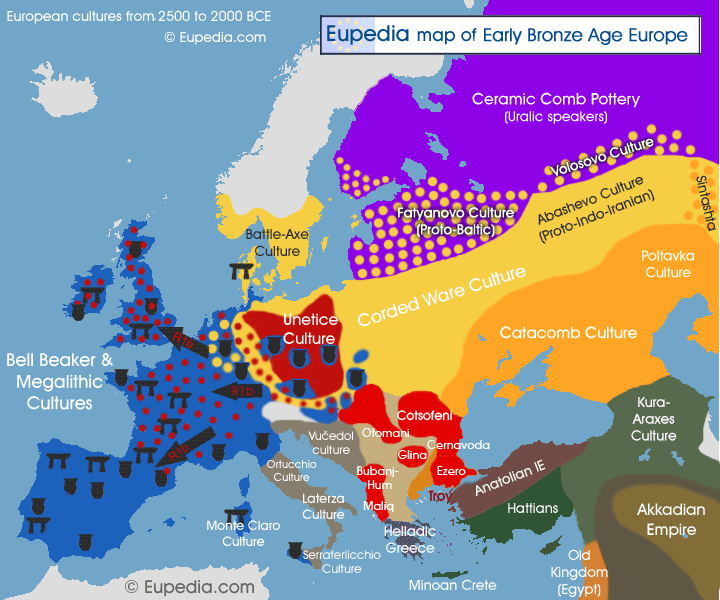
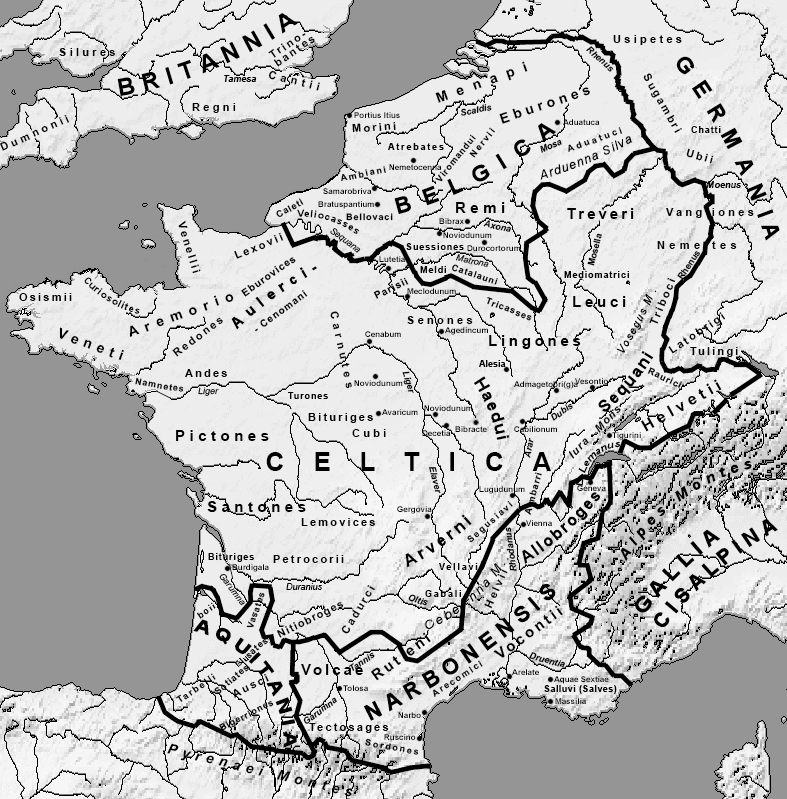
Gaul (Latin: Gallia) was a region of Western Europe during the Iron Age that was inhabited by Celtic tribes, encompassing present day France, Luxembourg, Belgium, most of Switzerland, Northern Italy, as well as the parts of the Netherlands and Germany on the west bank of the Rhine. It covered an area of 494,000 km2 (191,000 sq mi). According to the testimony of Julius Caesar, Gaul was divided into three parts: Gallia Celtica, Belgica and Aquitania. Archaeologically, the Gauls were bearers of the La Tène culture, which extended across all of Gaul, as well as east to Raetia, Noricum, Pannonia and southwestern Germania during the 5th to 1st centuries BC. During the 2nd and 1st centuries BC, Gaul fell under Roman rule: Gallia Cisalpina was conquered in 203 BC and Gallia Narbonensis in 123 BC. Gaul was invaded after 120 BC by the Cimbri and the Teutons, who were in turn defeated by the Romans by 103 BC. Julius Caesar finally subdued the remaining parts of Gaul in his campaigns of 58 to 51 BC.
Roman control of Gaul lasted for five centuries, until the last Roman rump state, the Domain of Soissons, fell to the Franks in AD 486. While the Celtic Gauls had lost their original identities and language during Late Antiquity, becoming amalgamated into a Gallo-Roman culture, Gallia remained the conventional name of the territory throughout the Early Middle Ages, until it acquired a new identity as the Capetian Kingdom of France in the high medieval period. Gallia remains a name of France in modern Greek (Γαλλία) and modern Latin (besides the alternatives Francia and Francogallia).
The Bretons are an ethnic group located in the region of Brittany in France. They trace much of their heritage to groups of Brittonic speakers who immigrated from southwestern Great Britain, particularly Cornwall and Devon, to expand their territory onto the continent. They also descend in some parts from Vikings. They migrated in waves from the 3rd to 9th century (most heavily from 450–600) into Armorica, which was subsequently named Brittany after them. the Bretons are Celtic Britons.
Indigenous Britons
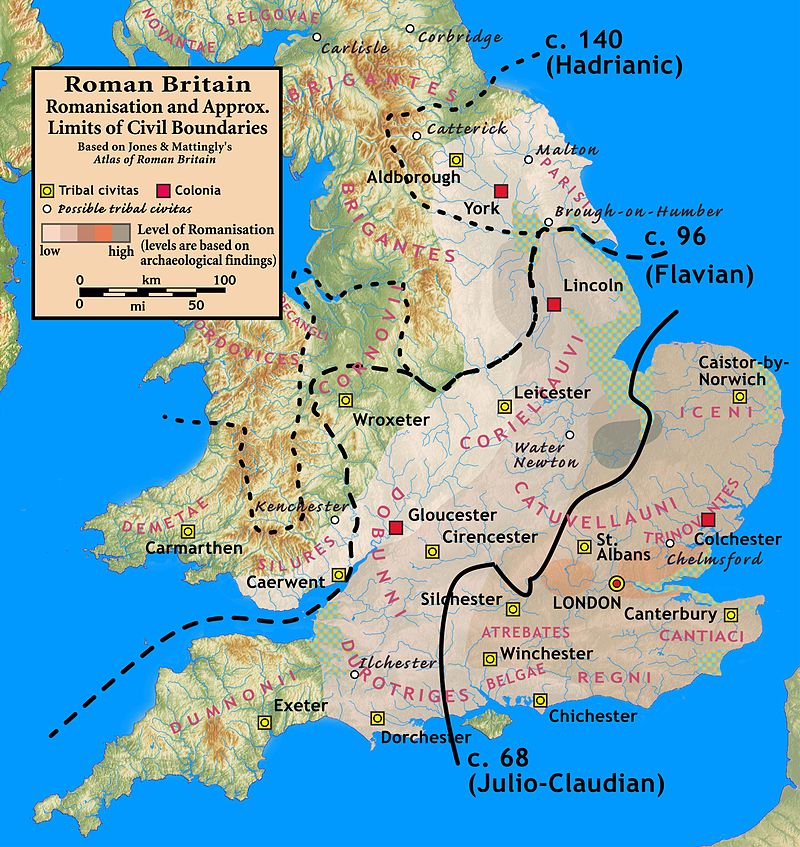
EXACT MATCHEXACT MATCH
Wales 3.4%
Wales 3.4%
GENETIC DISTANCE -1
Wales 11.2%
France 10.6%
Wales 11.2%
France 10.6%
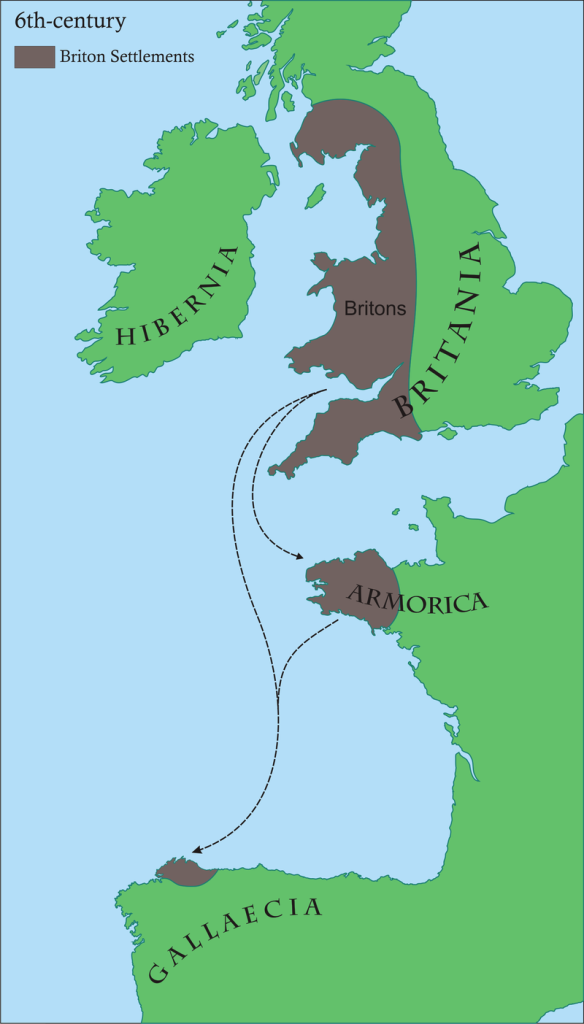
Map of Briton settlements in the 6th-century, including what became Brittany and Britonia (in Spain). The Culture of Brittany is made up of Breton culture, and Celtic culture. Brittany’s strongest international connections tend to be in the United Kingdom, particularly in the Celtic groups of Cornwall and Wales, and in Canada.
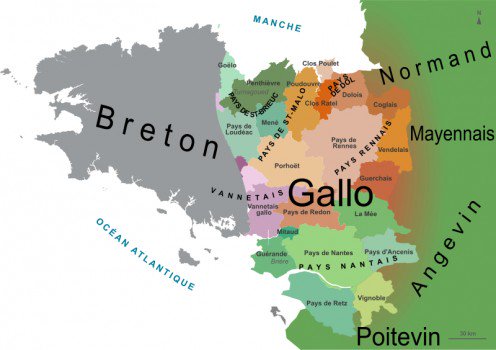
https://racitidesigns.wordpress.com/2018/03/18/haplogroup-r1b-y-dna-western-european/
